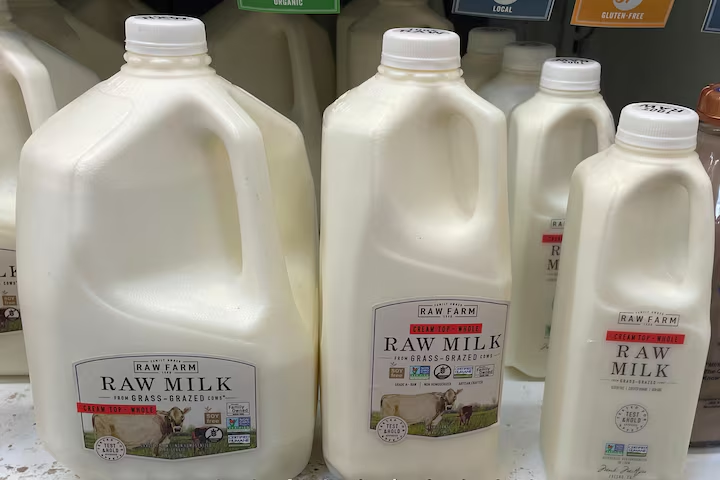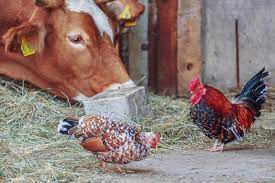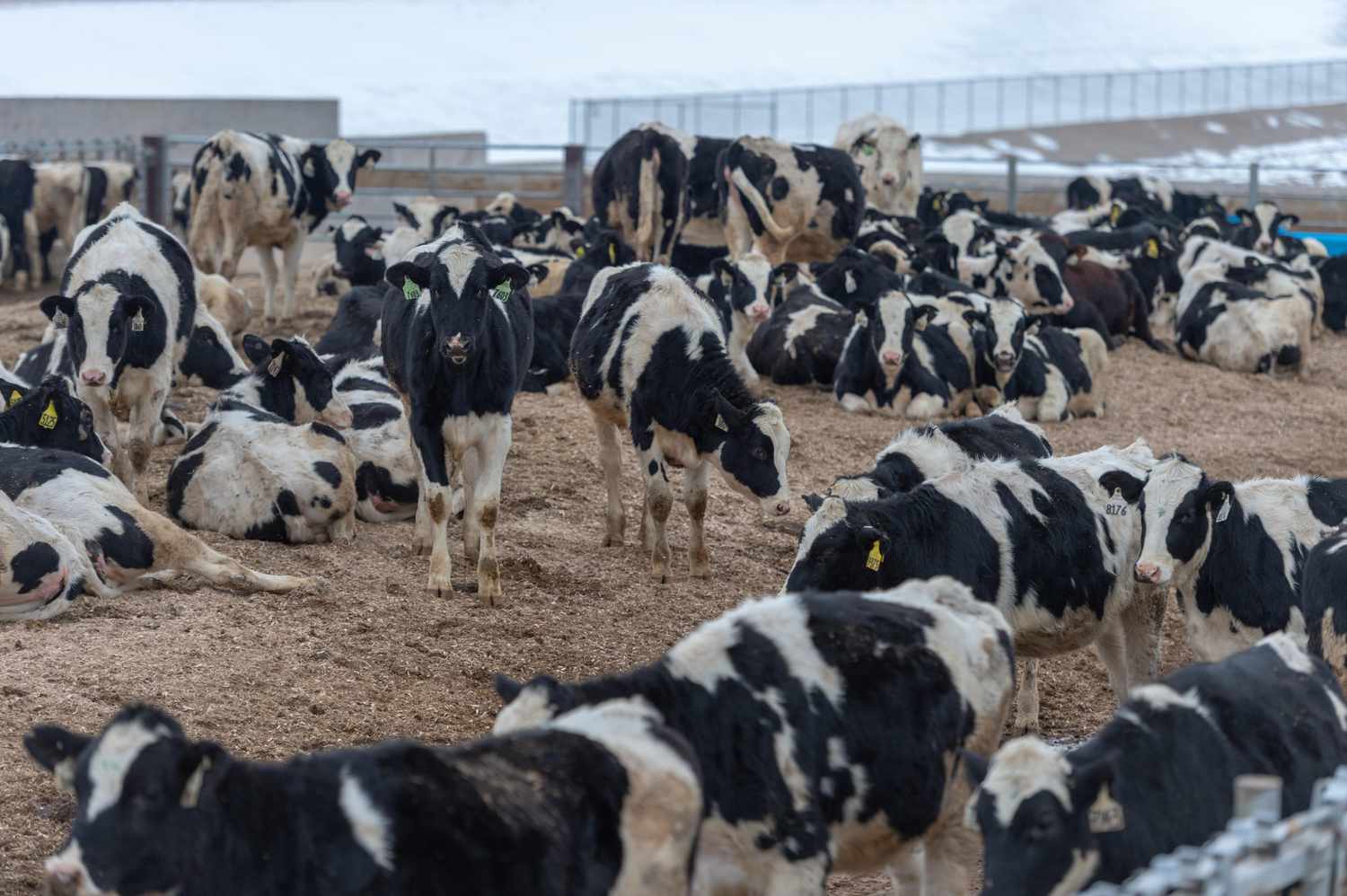Headlines are buzzing with news of the H5N1 bird flu virus infecting dairy cows across the US. What started as a concern in Texas and New Mexico has now spread to nine states, including Colorado. While the virus has been detected in other animals and even one person in Texas, the risk of widespread human transmission remains low for now.
Who Gets Bird Flu?
Initially affecting mainly birds, the H5N1 virus has crossed over to mammals worldwide. Over 50 species, including seals, goats, skunks, and even zoo animals, have been infected. The recent outbreak in cattle is particularly worrisome due to its rapid spread among cows, unlike previous limited cases.
Is This the Start of a Pandemic?
While the current situation is concerning, it’s not yet a pandemic. The virus would need to acquire mutations for efficient human-to-human transmission, similar to the seasonal flu. The evolution of a pandemic-ready virus could be accelerated by the virus’s ability to swap genes with other strains, as seen in past pandemics like the H1N1 “swine flu.”

What Happens If a Person Drinks Contaminated Milk?
Commercially sold milk is safe due to pasteurization, which kills the virus. However, unpasteurized “raw” milk can contain live H5N1 viruses, posing a serious health risk. But even in this scenario, a pandemic is unlikely unless the virus gains efficient human-to-human transmission capabilities.
Preventive Measures and Surveillance
To combat the spread of the virus, the USDA has ordered testing for all lactating dairy cattle before interstate movement. However, limited testing and incomplete genetic data sharing hinder efforts to understand and contain the outbreak. Prevention efforts should also target poultry farms, as waterfowl are common sources of outbreaks.

Risk Assessment for Humans
Only one person has been diagnosed with H5N1 this year, and the CDC is closely monitoring individuals who have been in contact with cattle. Surveillance includes regular check-ups and testing if symptoms develop. While assessing farmworkers’ blood for antibodies could provide valuable insights, this method has not been widely implemented yet.
Conclusion
The H5N1 bird flu outbreak in dairy cows is a serious concern that requires proactive measures and continuous monitoring. While the risk of a pandemic remains low, preventive actions and surveillance are crucial to mitigate the spread of the virus. Public awareness and adherence to safety guidelines can help minimize the impact of the outbreak on human health.

